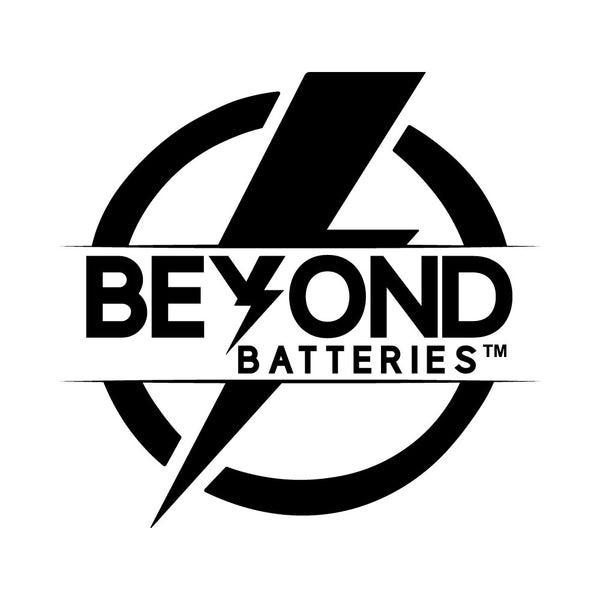Lithium-ion batteries are widely used in outdoor applications due to their high energy density and efficiency. However, cold temperatures can significantly impact their charging performance and overall functionality. Understanding these effects and implementing appropriate measures can help maintain battery health and ensure reliable operation in cold environments, including the very popular LiFePO4 (Lithium Iron Phosphate)
Impact of Cold Temperatures on Lithium-Ion Batteries:
-
Reduced Charge Acceptance: At temperatures below 0°C (32°F), the electrolyte within lithium-ion batteries becomes more viscous, hindering the movement of lithium ions. This increased resistance leads to slower charging rates and can prevent the battery from charging fully.
-
Lithium Plating Risks: Charging at sub-freezing temperatures can cause lithium ions to deposit onto the anode surface instead of intercalating into it, a phenomenon known as lithium plating. This can lead to internal short circuits and permanent capacity loss, posing safety hazards.
-
Decreased Capacity and Performance: Cold weather increases the internal resistance of lithium batteries, reducing their ability to deliver power efficiently. Users may experience a noticeable decrease in battery capacity and overall performance in cold conditions.
Best Practices for Charging Lithium-Ion Batteries in Cold Weather:
-
Preheat the Battery: Before charging, A built in heater into the battery will warm up the cells to a temperature above 0°C (32°F). This can be achieved by using specialised battery warmers which we install into the casing of the battery and interlace silicone heater pads between the cells, offering equal heat distribution throughout the cell pack.
-
Use Appropriate Charging Equipment: Employ chargers designed for cold environments that include temperature sensors to prevent charging when the battery is too cold. These chargers can adjust the charging rate based on the battery's temperature, ensuring safe and efficient charging.
-
A Quality Battery Management Systems (BMS): A Beyond Batteries high integrity BMS can monitor the battery's temperature, voltage, and current, preventing charging when conditions are unsuitable and thereby protecting the battery from potential damage. This BMS will manage the battery temperature, direct power to the heating elements when required
-
Insulate Batteries: Using insulation around the battery would be a great way to prevent thermal bridging, protecting the entire unit from the cold temperatures, this will also assist in minimising energy loss when the battery's heaters are activated.
Recent Developments:
Recent reports have highlighted the challenges cold weather poses to battery-powered devices. For instance, Ring doorbell owners in the UK have been warned of battery issues as freezing temperatures hit, affecting the device's charging capabilities.
In conclusion, cold temperatures can adversely affect the charging and performance of lithium-ion batteries in outdoor applications. By understanding these impacts and adopting appropriate strategies, users can mitigate risks and maintain battery efficiency even in cold environments.

